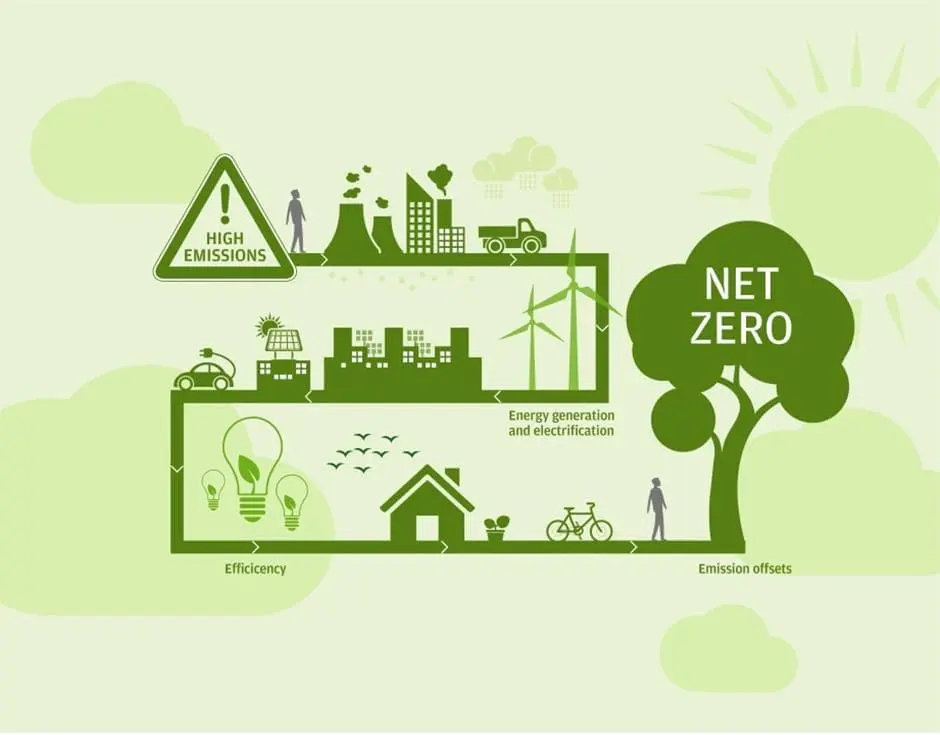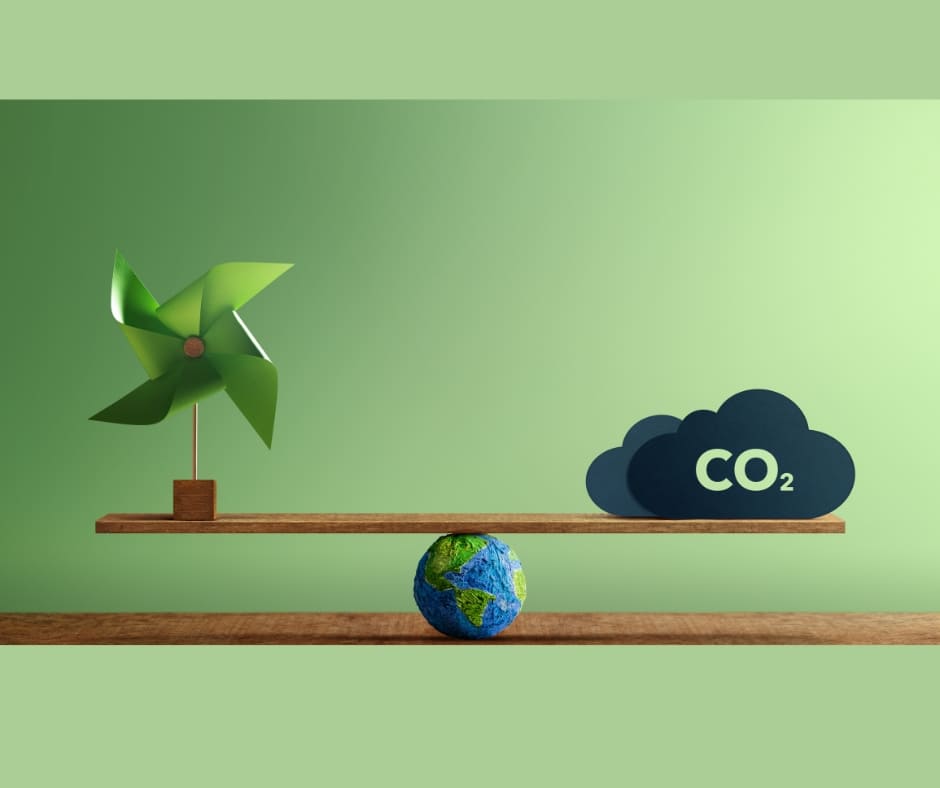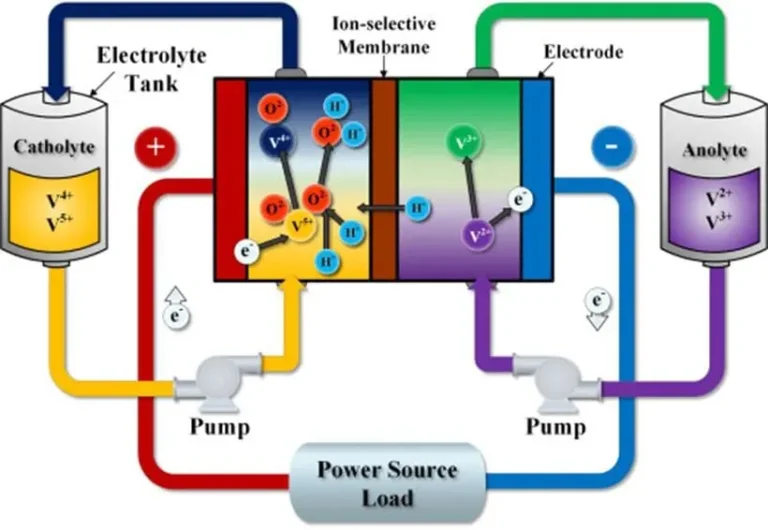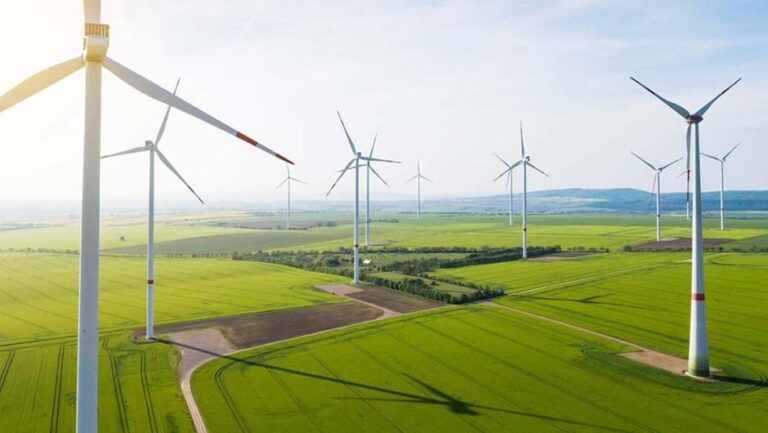An increasing global emphasis on reaching net-zero emissions
net zero emissions
The world needs to reach net-zero emissions by 2050 to limit global warming to under 1.5°C. This requires a complete transformation of how energy is produced, transported, and consumed. Net-zero emissions are at the center of our environmental strategy, therefore it’s important to understand what they mean. The most recent climate science confirms that net-zero emissions must be reached by 2050 if global warming is to be kept to less than 1.5°C.
This year and for the ensuing decades, the net-zero transformation will pick up speed. By 2050, more than 130 nations have already committed to achieving net-zero greenhouse gas emissions. It is unlikely, nonetheless, that present commitments will stop climate change below the 1.5°C scenario to prevent its worst effects, even after further international conferences such as COP. By 2030, global greenhouse gas emissions must be cut in half from 2010 levels (a third of which must come from a decrease in methane).
What are net-zero emissions?
By definition, achieving net-zero emissions entails reducing greenhouse gas emissions to almost zero, with any leftover emissions being reabsorbed by woodlands and oceans, from the atmosphere. When a company has completely eliminated all of its carbon emissions and has used beyond value chain mitigation to offset the residual emissions, it has achieved net-zero

When human removals of greenhouse gas emissions to the environment are balanced by human emissions over a given time period, net-zero emissions are reached.
Here’s some information about net-zero emissions:
Net-zero emissions
Carbon emissions must be eliminated or removed from the atmosphere. This can be done by natural sinks, such as forests and oceans, or artificial means, such as carbon capture and storage.
International scientific consensus
Global net zero emissions of CO2 resulting from human activity must decrease by around 45% from 2010 levels by 2030.
Net-zero target
More than 140 countries, including the biggest polluters, have set a net-zero target. This includes around 88% of global emissions.
Annual investment
Global yearly investments in renewable energy are expected to more than triple to over $4 trillion by 2030 in order to achieve net zero emissions by 2050.

A world powered by clean energy
By 2050, renewable energy will account for the majority of the world’s energy supply, with solar energy being the single biggest source. It will need a single, unrelenting effort from all governments, collaborating closely with corporations, investors, and citizens, to achieve this cleaner, healthier future.
More international collaboration between nations will also be necessary, particularly to make sure that developing economies have access to the resources and technologies they need to attain net zero in a timely manner.

Why is net zero so important?
Governments and organizations are putting procedures in place to make sure that net zero is a top priority for the participating nations. Net zero is a target to reduce greenhouse gas emissions to zero by balancing the amount released into the atmosphere with the amount removed and stored by carbon sinks. It’s also known as “carbon neutrality” or “climate neutrality”.
Because it aids in drastically lowering the quantity of hazardous pollutants that fuel global warming, net zero is crucial. Climate science shows that in order to halt climate change, carbon emissions have to stop. In order to achieve net zero, we must find methods to eliminate our past, present, and future emissions as well as cut back on the emissions we release into the environment.
One example of action to reduce emissions is shifting from fossil fuel energy to sustainable energy sources. By obtaining carbon credits, organizations frequently offset their remaining emissions. Net-zero policies and laws have huge significance and impact, benefitting the environment and communities around the world.
What factors contribute to climate change?
Governments and scientists alike agree that increased atmospheric concentrations of greenhouse gases are what’s causing climate change. Their ability to warm the Earth’s surface and the air above it gives them their moniker, the “greenhouse effect.” The gases responsible for this are those that absorb solar energy. Methane, carbon dioxide (CO2), and water vapor are the three most prevalent greenhouse gases.
Since CO2 is the most harmful and prevalent greenhouse gas, reducing carbon emissions, carbon footprints, or looking for low-carbon alternatives can aid in the fight against climate change. There are two ways to go about this:
- reducing the emissions that come from transportation, energy production, industrial processes, and agricultural practices and sending them into the atmosphere.
- reducing the amount of greenhouse gases released into the environment, either by planting more trees or sequestering carbon produced during industrial processes.
Conclusion
Net-zero emissions means reducing greenhouse gas emissions to as close to zero as possible, with any remaining emissions reabsorbed from the atmosphere. The Paris Agreement states that global average temperature increase must be held to “well below 2°C above pre industrial levels and pursuing efforts to limit the temperature increase to 1.5°C”.





